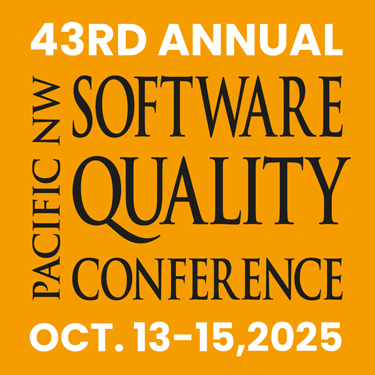Application of Usability Testing to GUIs for Electronic Design Automation Industry
Graphical user interfaces (GUIs) enable users to set up, initiate, and control software execution using visual elements and standardized task menus and options instead of command-line code. Usability testing determines how efficient, usable, intuitive, and learnable the GUI (application under test) is in real-world conditions. A GUI must satisfy three usability parameters: effectiveness, efficiency, and satisfaction. Usability evaluation helps product engineers, tool developers, and quality control engineers learn how users exercise a GUI, determine user satisfaction, and prioritize improvement opportunities. We focus on GUIs used with Electronic Design Automation (EDA) tools that help design companies and manufacturing foundries verify chips are constructed in compliance with foundry requirements, will perform to design specifications, and will meet manufacturing yield targets. We discuss work in progress on EDA GUIs, and how usability testing techniques can be automated to improve software quality and user experience. We employ formal usability testing by monitoring 34 participants using the Calibre Pattern Matching GUI, with qualitative methods such as the ten Nielsen usability heuristics evaluation and walkthrough. This testing identifies 56 opportunities to improve both the perceived user experience and the usability of the Calibre Pattern Matching GUI, satisfying the three usability parameters of effectiveness, efficiency, and satisfaction. "The Paper will cover the following topics in details:
- Introduction to the Electronic Design Automation (EDA) Industry.
- Usability Testing Pillars and User Experience Evaluation concepts using the 10 Nielsen usability heuristics.
- The importance of usability testing in enhancing User Experience for EDA tools and the challenges faced.
- Graphical User Interface test automation basics and its best practices.
- Challenges in usability testing automation.
- The ROI and benefit of applying the User Experience concepts on the Calibre Pattern Matching GUI tool in improving the Usability of GUI.
 Kirolos George, Senior SW QA Engineer, Siemens EDA, Kirolos George
Kirolos George, Senior SW QA Engineer, Siemens EDA, Kirolos George
Kirolos is Senior Software Quality Assurance Engineer for Siemens Digital Industries Software, Calibre Pattern Matching team. He holds 11 years of experience in Electronic Design Automation industry. Previous position was Technical Support Engineer with a leading networks company. Received a B.Sc. in Electrical Engineering, Communications and Electronics department from Ain-Shams University and Master of Business Administration from ESLSCA Business School.
Marwa Adel, Senior QA Engineer, Siemens EDA, Marwa Adel
Marwa holds a BSc. from Ain Shams University, Computers and Systems Engineering department, Egypt and has more than 17 years of experience in the Software Test Automation in the Electronic Design Automation (EDA) Field. First, she worked as Software Development Engineer in different software companies. Then joined Siemens EDA (formally Mentor Graphics) and has been working there for the past 17 years. She worked as Senior Quality Assurance Engineer for multiple products where she built her experience in the Graphical User Interfaces qualifications and test design, analysis and automation.
Reem ElAdawi Director of Quality, Siemens EDA Reem ElAdawi
Reem holds a Bsc., Msc. and Phd. from Ain Shams University, Electronics and Communication department, Egypt. Both her Msc. and PhD. are related to machine learning applications, speech recognition and rare event detection for high replication circuits respectively. She has multiple publications related to machine learning applications. She has been with Siemens EDA (formally Mentor Graphics) for more than 25 years. She started as a behavioral model engineer and moved to software development positions in both analog and digital products. She has been managing software teams for over 15 years. She is interested in leveraging machine learning to be more effective and productive.
